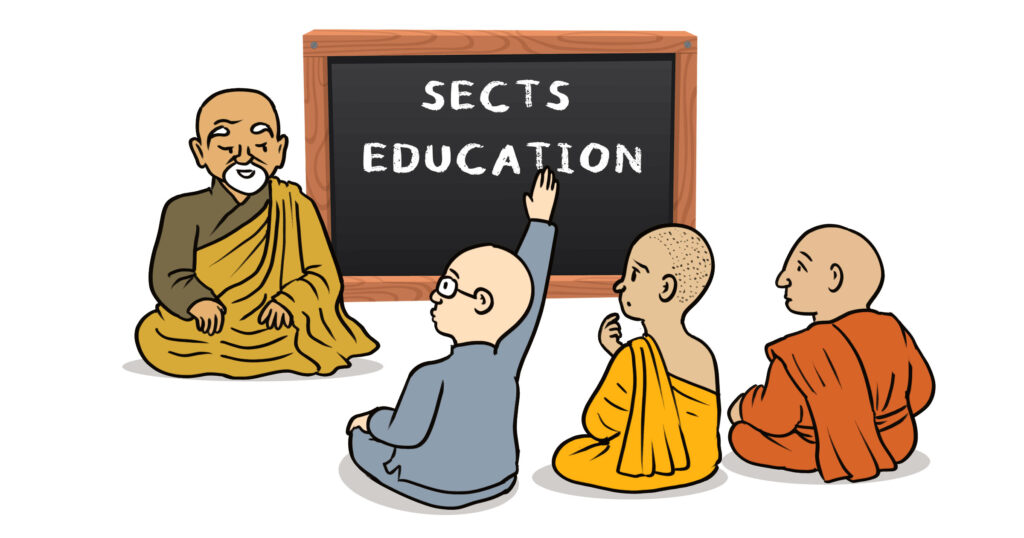
Friends,
Imagine a religion with a strict power hierarchy where orthodoxy is tightly regulated from the top. Now let’s do a thought experiment, and imagine a religion that takes an almost exact opposite approach towards orthodoxy. What would it look like after many years? In a sense, early Buddhism was that religion.
The Buddha avoided choosing a successor, instead telling the monks that, “After my passing, the Dharma and the discipline (Dhamma-vinaya) shall be your teacher.” Not only did he not appoint a successor, he didn’t even institute a formal power hierarchy within the Sangha, so after the Buddha passed, the Sangha functioned almost like a democracy. In addition, the Buddha taught the monks to never be attached to views. So, in a sense, there was no religious power hierarchy to enforce orthodoxy at all. What would happen to such a religion? What happened was a huge blossoming of creativity and diversity within Buddhism that continues to this day, leading to a large proliferation of sects and sub-sects that rise and fall over time.
This is the story of how Buddhism quickly became sectarian, and how, against all odds, all the sects retained a common core that continues to keep all of Buddhism as one big family.
How did Buddhism end up with sects, and what is a good Buddhist to do about sects? That’s coming up, starting today, in Topic#16.
Meng, for the Buddhism.net team


